Refine search
Actions for selected content:
23 results in Indochina Unit

Blue Pawn, Red Pawn and the Communist Party of Vietnam's Gambit for Legitimacy
-
- Published by:
- ISEAS–Yusof Ishak Institute
- Published online:
- 05 July 2025
- Print publication:
- 09 February 2025

The Power of Sustainable Development in Vietnam
- Environmental Narratives, NGOs and the State's Environmental Rule
-
- Published by:
- ISEAS–Yusof Ishak Institute
- Published online:
- 04 July 2025
- Print publication:
- 01 December 2024
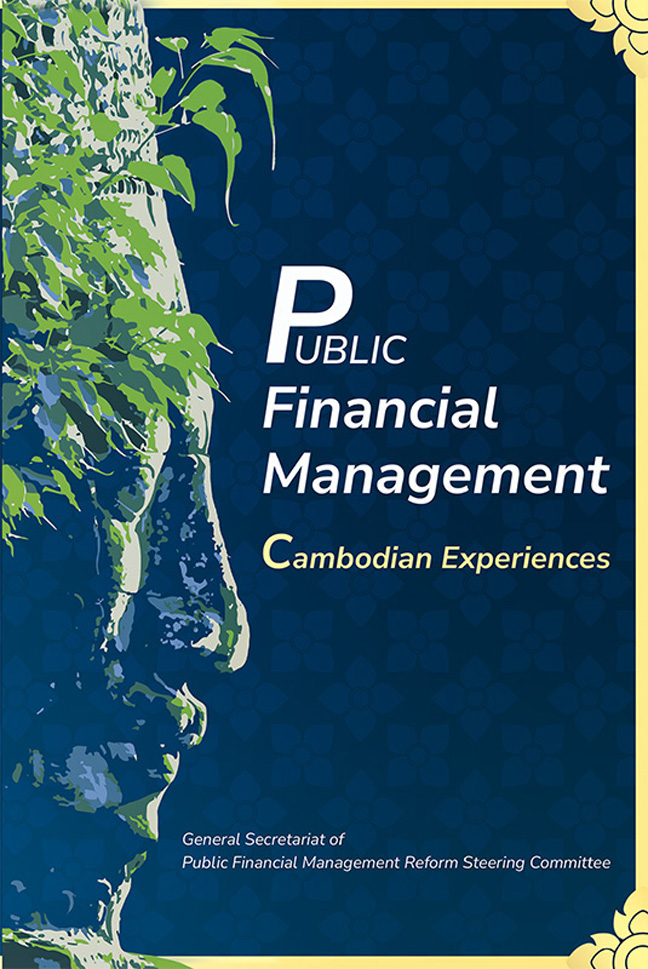
Public Financial Management
- Cambodian Experiences
-
- Published by:
- ISEAS–Yusof Ishak Institute
- Published online:
- 26 March 2024
- Print publication:
- 26 September 2023

Living Next to the Giant
- The Political Economy of Vietnam's Relations with China under Doi Moi
-
- Published by:
- ISEAS–Yusof Ishak Institute
- Published online:
- 06 January 2018
- Print publication:
- 23 December 2016
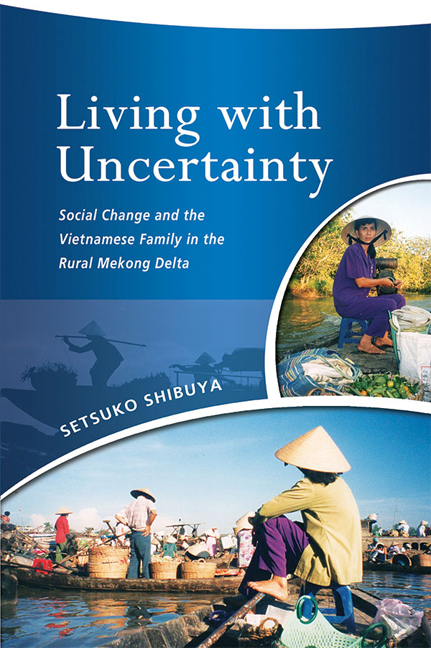
Living with Uncertainty
- Social Change and the Vietnamese Family in the Rural Mekong Delta
-
- Published by:
- ISEAS–Yusof Ishak Institute
- Published online:
- 19 May 2017
- Print publication:
- 19 May 2015
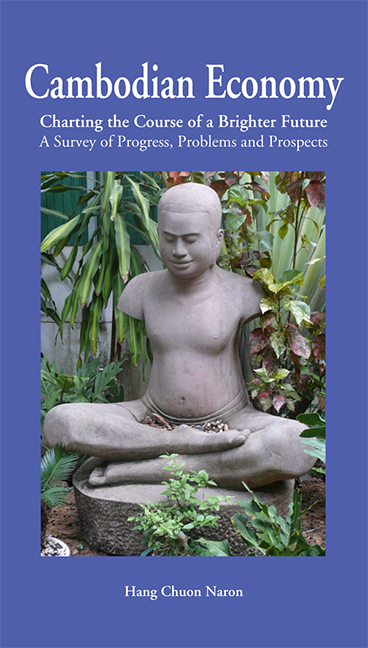
Cambodian Economy
- Charting the Course of a Brighter Future - A Survey of Progress, Problems and Prospects
-
- Published by:
- ISEAS–Yusof Ishak Institute
- Published online:
- 21 October 2015
- Print publication:
- 19 January 2012

Wards of Hanoi
-
- Published by:
- ISEAS–Yusof Ishak Institute
- Published online:
- 21 October 2015
- Print publication:
- 21 March 2006

Cambodia
- Progress and Challenges since 1991
-
- Published by:
- ISEAS–Yusof Ishak Institute
- Published online:
- 21 October 2015
- Print publication:
- 26 March 2012

Development in Vietnam
- Policy Reforms and Economic Growth
-
- Published by:
- ISEAS–Yusof Ishak Institute
- Published online:
- 21 October 2015
- Print publication:
- 01 January 1994
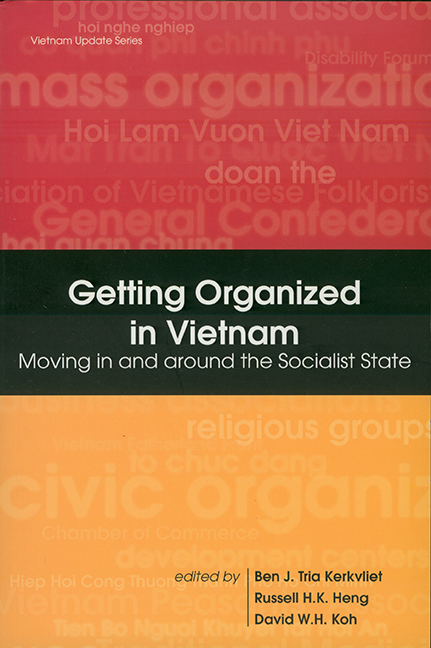
Getting Organized in Vietnam
- Moving in and around the Socialist State
-
- Published by:
- ISEAS–Yusof Ishak Institute
- Published online:
- 21 October 2015
- Print publication:
- 14 November 2003
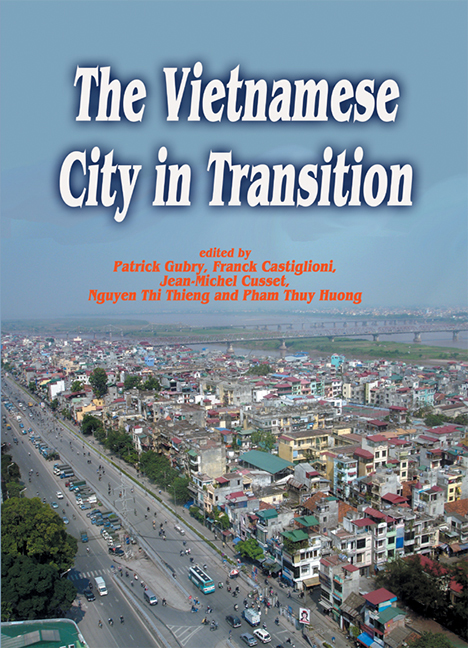
The Vietnamese City in Transition
-
- Published by:
- ISEAS–Yusof Ishak Institute
- Published online:
- 21 October 2015
- Print publication:
- 11 February 2010

Surviving the Global Financial and Economic Downturn
- The Cambodia Experience
-
- Published by:
- ISEAS–Yusof Ishak Institute
- Published online:
- 21 October 2015
- Print publication:
- 12 March 2014
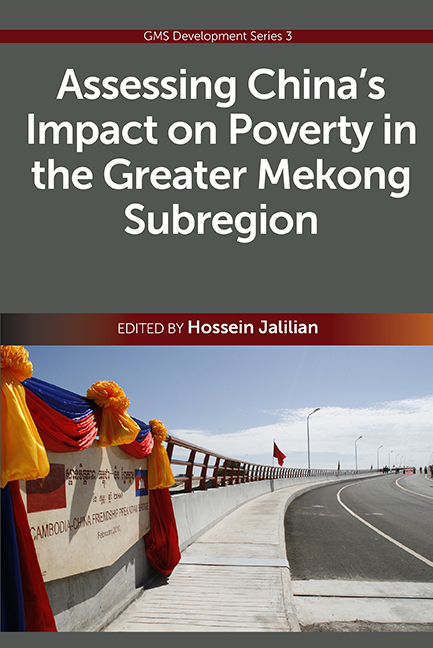
Assessing China's Impact on Poverty in the Greater Mekong Subregion
-
- Published by:
- ISEAS–Yusof Ishak Institute
- Published online:
- 21 October 2015
- Print publication:
- 19 September 2013
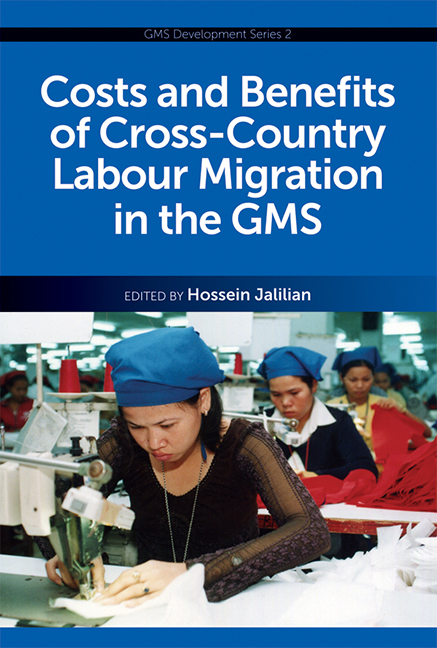
Costs and Benefits of Cross-Country Labour Migration in the GMS
-
- Published by:
- ISEAS–Yusof Ishak Institute
- Published online:
- 21 October 2015
- Print publication:
- 18 July 2012

The Ethnic Chinese and Economic Development in Vietnam
-
- Published by:
- ISEAS–Yusof Ishak Institute
- Published online:
- 21 October 2015
- Print publication:
- 01 January 1993
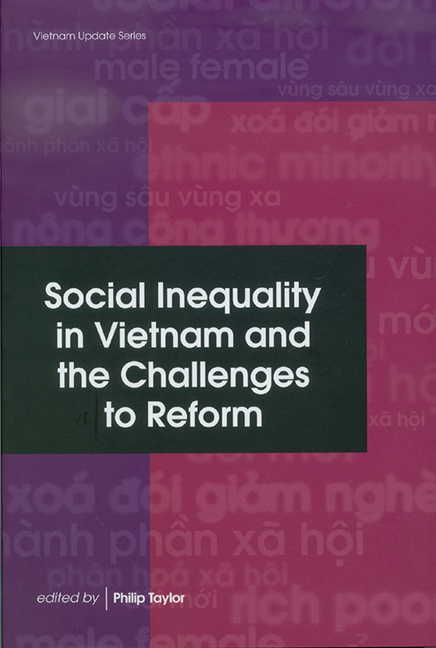
Social Inequality in Vietnam and the Challenges to Reform
-
- Published by:
- ISEAS–Yusof Ishak Institute
- Published online:
- 21 October 2015
- Print publication:
- 23 November 2004
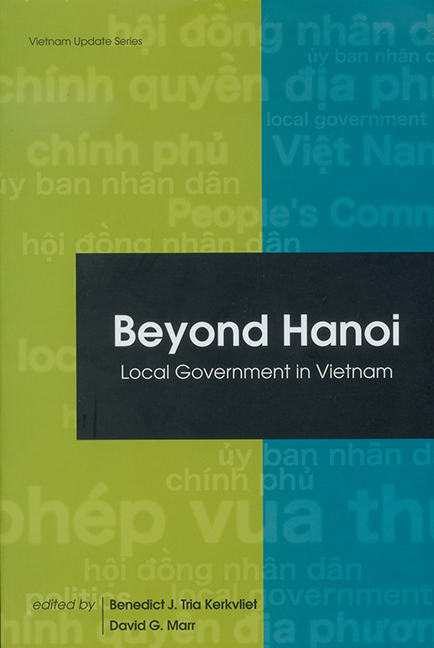
Beyond Hanoi
- Local Government in Vietnam
-
- Published by:
- ISEAS–Yusof Ishak Institute
- Published online:
- 21 October 2015
- Print publication:
- 22 September 2004

Education in Vietnam
-
- Published by:
- ISEAS–Yusof Ishak Institute
- Published online:
- 21 October 2015
- Print publication:
- 28 January 2011
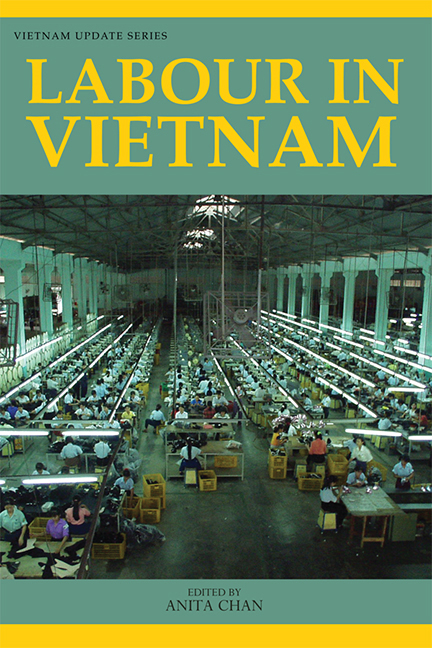
Labour in Vietnam
-
- Published by:
- ISEAS–Yusof Ishak Institute
- Published online:
- 21 October 2015
- Print publication:
- 12 August 2011
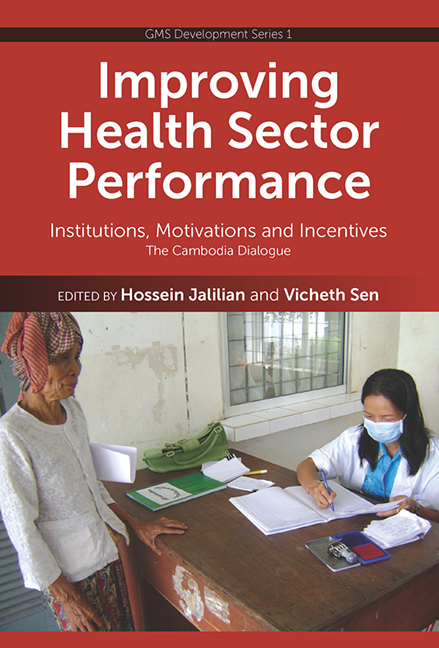
Improving Health Sector Performance
- Institutions, Motivations and Incentives - The Cambodia Dialogue
-
- Published by:
- ISEAS–Yusof Ishak Institute
- Published online:
- 21 October 2015
- Print publication:
- 12 September 2011
